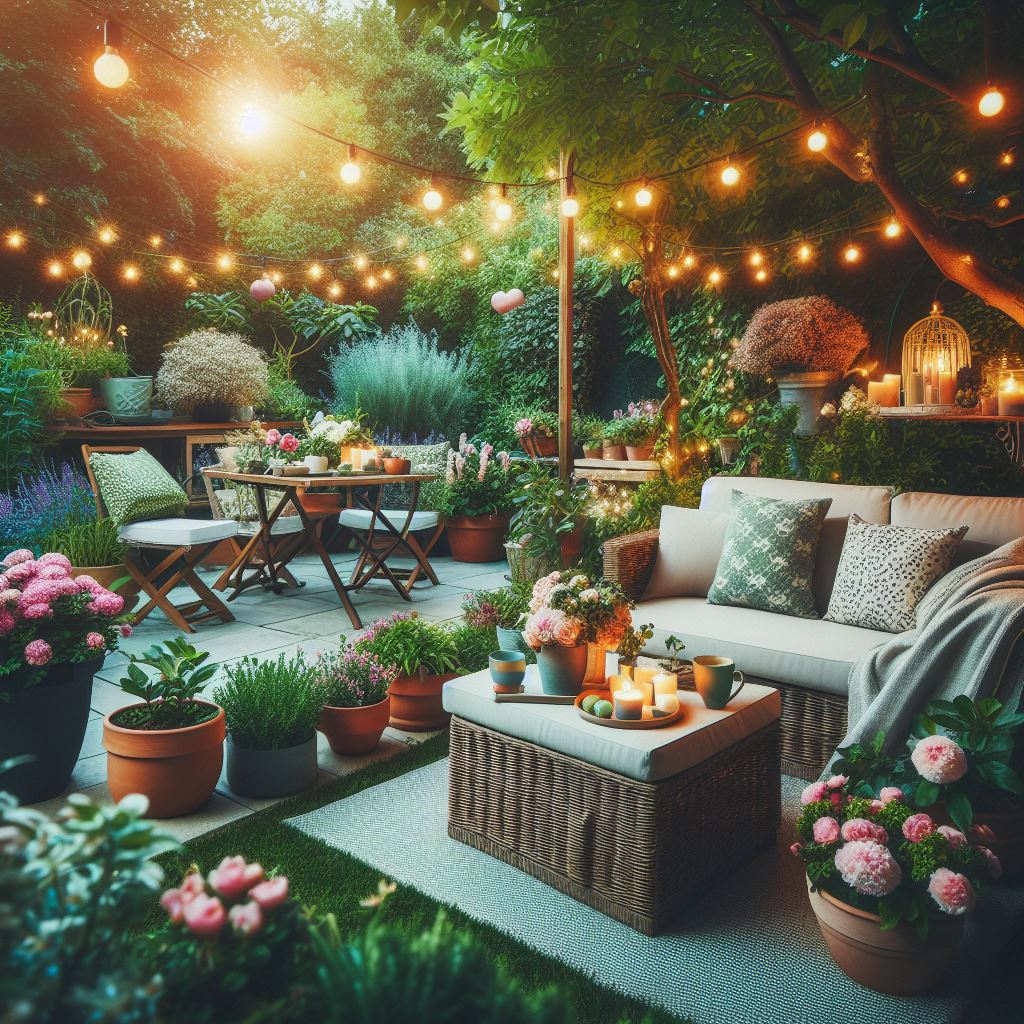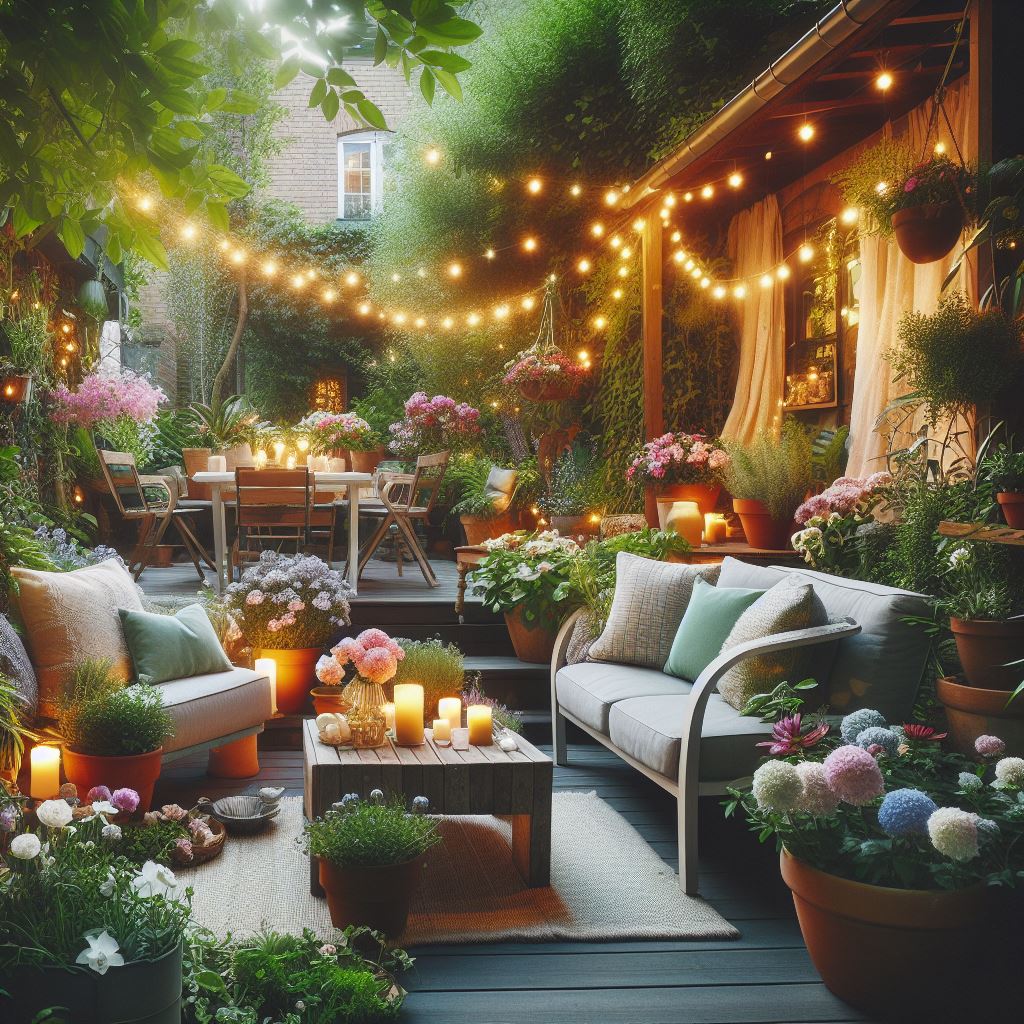Choosing the Right Location
When embarking on the journey of creating a garden retreat, the first step is to carefully select the location. Considerations such as sunlight exposure, accessibility, and privacy are crucial in determining the ideal spot for your oasis. Additionally, understanding the local climate and soil conditions will help you make informed decisions about plant selection and garden design.
Designing Your Green Oasis
The layout of your garden plays a significant role in shaping its ambiance. By thoughtfully planning pathways, seating areas, and focal points, you can create a space that flows seamlessly and invites exploration. Incorporating elements of nature such as water features, trees, and flowers adds depth and character to your oasis, fostering a sense of harmony with the natural world.

Selecting Plants and Trees
Choosing the right plants and trees is essential for creating a thriving garden retreat. Consider factors such as whether to use native or non-native species, as well as the maintenance requirements of each. Striking a balance between aesthetics and sustainability ensures that your oasis remains vibrant and healthy for years to come.
Creating a Relaxing Atmosphere
The atmosphere of your garden plays a crucial role in its ability to promote relaxation and tranquility. Utilizing colors and textures that evoke a sense of calmness, as well as incorporating fragrant plants and herbs, can enhance the sensory experience and create a soothing ambiance.

Implementing Sustainable Practices
In an era of increasing environmental awareness, implementing sustainable practices in your garden is not only responsible but also rewarding. Techniques such as drip irrigation and rainwater harvesting conserve water, while choosing eco-friendly materials for hardscaping and furniture reduces your carbon footprint.
Maintaining Your Garden Oasis
Regular maintenance is key to preserving the beauty and vitality of your garden oasis. From watering and pruning to pest control, staying on top of upkeep ensures that your sanctuary remains a peaceful retreat year-round.
Benefits of a Green Oasis
The benefits of having a garden retreat extend far beyond aesthetics. Studies have shown that spending time in nature reduces stress, improves mood, and promotes overall well-being. Additionally, creating a habitat for local wildlife contributes to biodiversity and environmental conservation efforts.

Case Studies and Inspirations
Drawing inspiration from successful garden retreats can spark creativity and provide valuable insights into design possibilities. From lush botanical gardens to minimalist Zen spaces, exploring different styles and approaches can help you envision the perfect oasis for your home.
Budget-Friendly Tips
Creating a garden retreat doesn’t have to break the bank. With a bit of creativity and resourcefulness, you can transform your outdoor space on a budget. DIY projects, repurposed materials, and strategic planning are just a few ways to maximize resources without compromising quality.
Incorporating Personal Touches
Adding personal touches to your garden oasis makes it truly unique and reflective of your personality. Whether it’s incorporating artwork, sculptures, or cherished family heirlooms, infusing your space with elements that hold sentimental value adds depth and meaning to the experience.
Seeking Professional Help
While DIY projects can be fulfilling, there are times when consulting with a professional is beneficial. Landscape designers and horticulturists bring expertise and insight to the table, helping you navigate complex design challenges and achieve your vision with confidence.
Community Engagement and Sharing
Sharing your garden oasis with others can be a rewarding experience that fosters a sense of community and connection. Hosting events or workshops, participating in local green initiatives, and contributing to community gardens are meaningful ways to give back and inspire others to create their own green sanctuaries.
Measuring Success and Adaptation
As your garden oasis evolves over time, it’s essential to reflect on its impact and make adjustments as needed. Whether it’s fine-tuning the design, experimenting with new plant varieties, or implementing sustainable practices, embracing change ensures that your oasis continues to thrive and inspire for years to come.
Conclusion
In conclusion, creating a serene garden retreat is a transformative journey that nurtures the body, mind, and soul. By carefully planning and thoughtfully designing your oasis, you can cultivate a space that offers respite from the chaos of everyday life and fosters a deep connection with nature.
FAQs
- How much space do I need to create a garden retreat?
- The size of your garden retreat can vary depending on your available space and personal preferences. Whether you have a small balcony or a sprawling backyard, there are design options to suit every need.
- What are some low-maintenance plant options for a garden oasis?
- Succulents, ornamental grasses, and native wildflowers are excellent choices for low-maintenance gardens. These plants require minimal watering and upkeep while still adding beauty and texture to your oasis.
- How can I attract wildlife to my garden oasis?
- To attract wildlife such as birds, butterflies, and bees, incorporate native plants that provide food and habitat. Additionally, adding bird feeders, birdbaths, and butterfly gardens creates inviting spaces for wildlife to thrive.
- What are some budget-friendly ways to enhance my garden oasis?
- Repurposing materials such as pallets and old containers, propagating plants from cuttings, and shopping for deals at local nurseries or plant swaps are all budget-friendly ways to enhance your garden oasis without breaking the bank.
- How can I make my garden oasis more sustainable?
- Implementing practices such as composting, using organic fertilizers, and reducing water usage through efficient irrigation methods are effective ways to make your garden oasis more sustainable and eco-friendly.

